
The southernmost prefecture of the sublime Tohoku region, Fukushima is the closest getaway from Tokyo to experience this region’s unique beauty and cultural richness. From stunning natural wonders to historic towns, Fukushima prefecture highlights the best sights and experiences Japan has to offer. Come with us on a tour of this must-see travel location, which has undergone a recent renaissance.
Aizu-Wakamatsu samurai town and Tsuruga Castle
For many visitors to Japan, experiencing a culture that dates back so far into history is a strong point of allure, and Tohoku is rich in this type of culture. For many discussions revolving around Tohoku’s history, Fukushima Prefecture’s Aizu Wakamatsu Samurai Town and the nearby Tsuruga Castle are often heavily associated.
While Aizu Wakamatsu as a modern town was founded relatively recently in 1899, its relevance goes back to the Aizu-Otsuka Burial Grounds dating back to the 4th century AD. In the later centuries, the town was well-established under the Kamakura Shogunate, a prominent centre for samurai, and also a significant location for the Boshin War of the mid-1800s. Much of the character of this time, along with a medley of artefacts, are preserved here for visitors to see first-hand and essentially step back in time. Here, visitors can engage in a number of activities centred around the town's storied roots.
Take a look at the old residences of samurai from the past and see the Aizu Clan School Nisshinkan, which was an academy for samurai that is still open today, teaching traditional martial arts, crafts, and other practices like meditation. Other arts and crafts are available for people to try first-hand, such as kokeshi dolls and hoshiban erousoku workshops, the latter being a type of candle that is unique to the area and known for its vibrant designs.
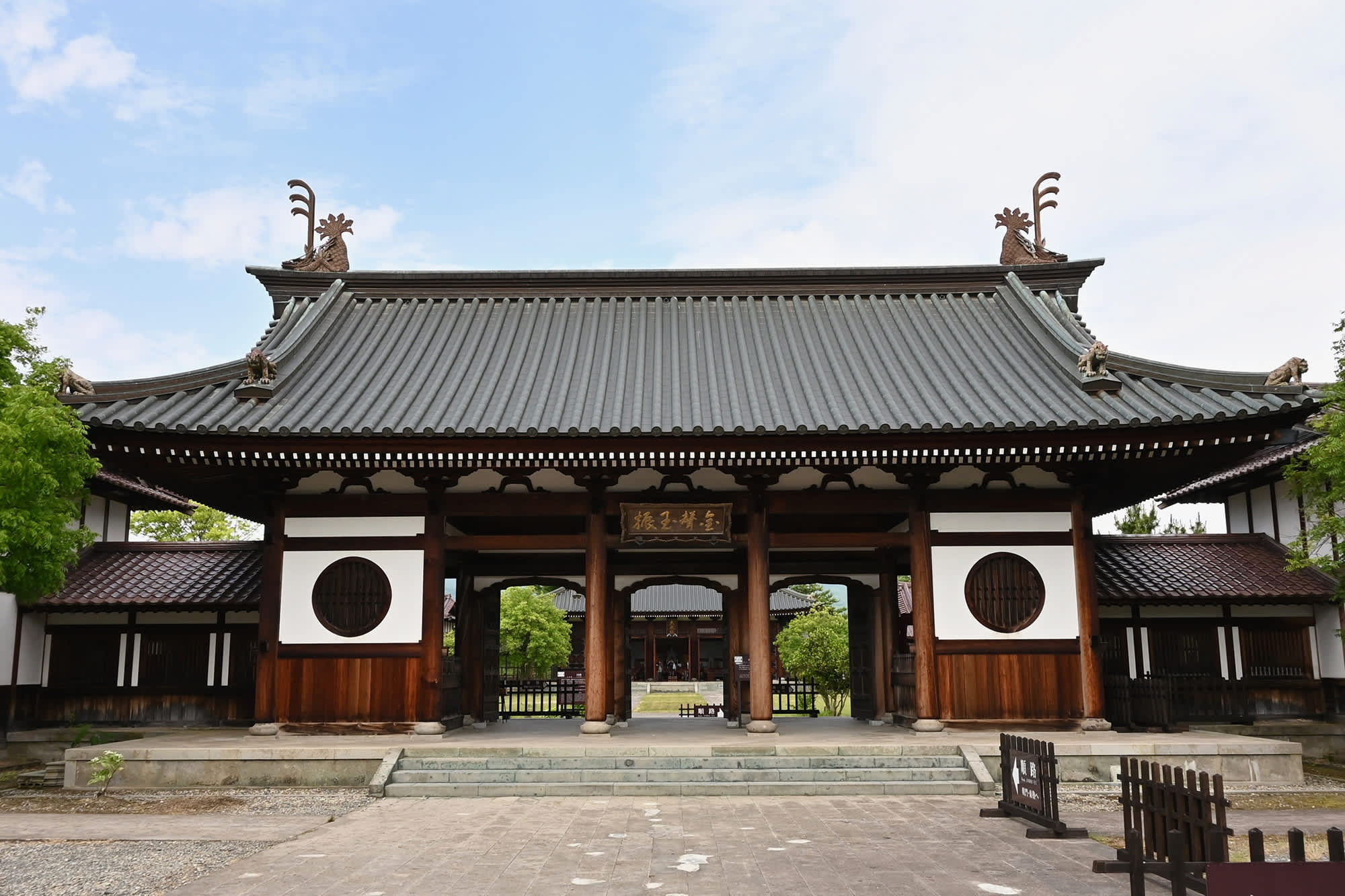
Right by Aizu-Wakamatsu is Tsuruga Castle, originally built in 1384. The original structure was destroyed during the Meiji Period but was later rebuilt in its original image in 1964 and still stands today, preserving the rich history of the region. Guests can venture inside and take a look at the museum inside, which presents the history of the castle and the Aizu-Wakamatsu area as a whole.
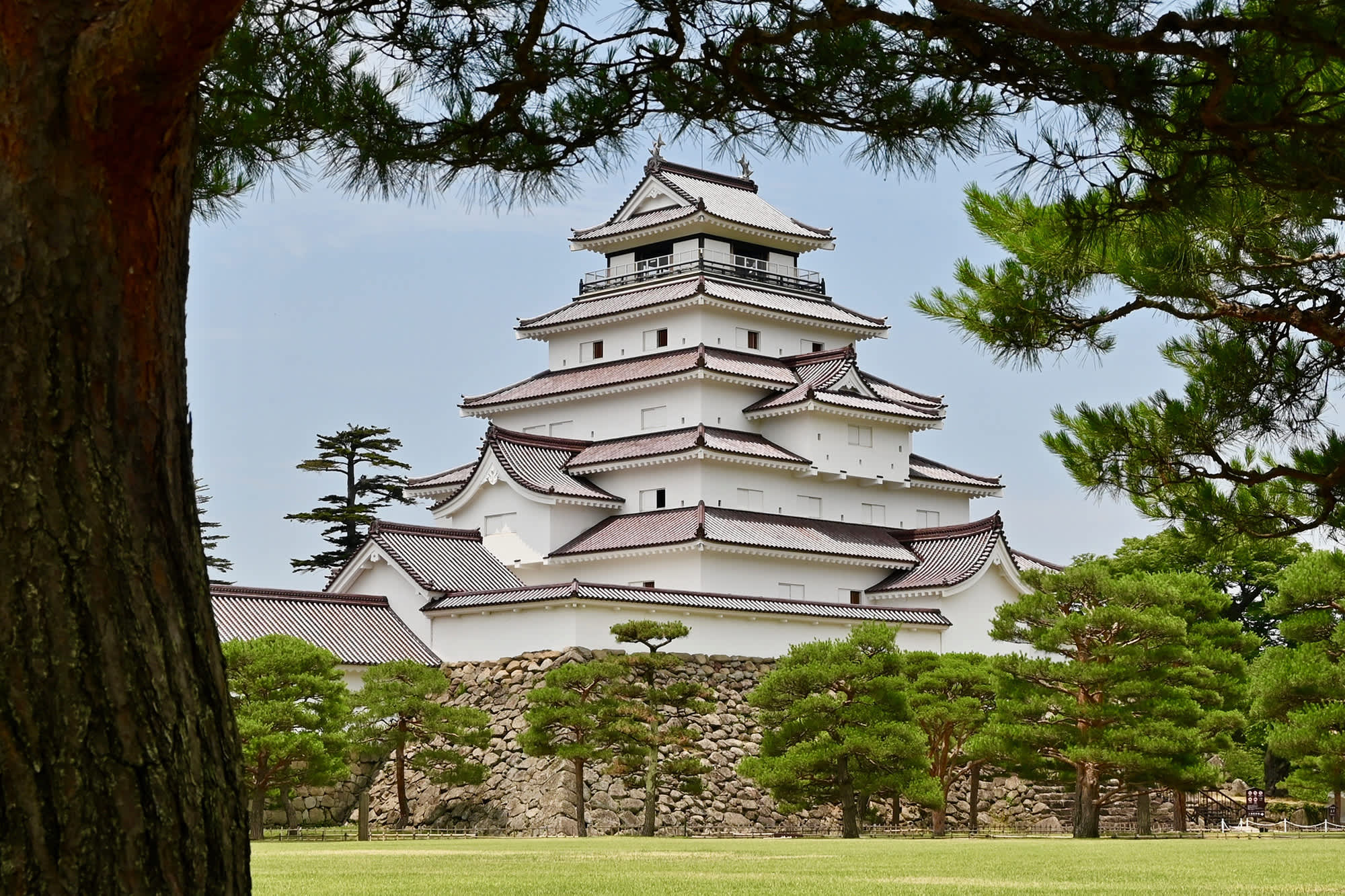
Another distinct building in Aizu-Wakamatsu is Sazaedo Temple. This Buddhist temple was built in the late 1700s and is well-known for its distinct design that comes in the form of a double-helix internal slope. With this design, those trekking up will not pass those on the way down, as there are two different paths, one leading up from the entrance and then down to the exit. This was initially designed to ensure that visitors would not be disturbed during their prayers. The interior is lined with paper labels that have the family names of visitors. These labels date back to the Edo Period and have accumulated over the decades, adding a distinct charm and personality to the building.
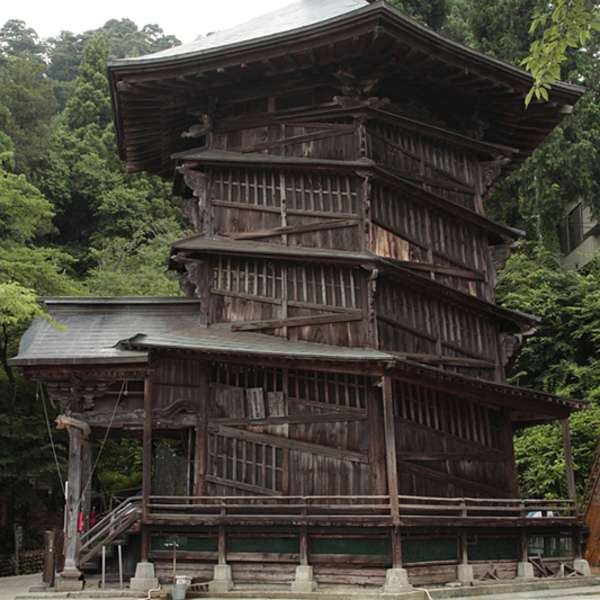
Goshikinuma Konumagun
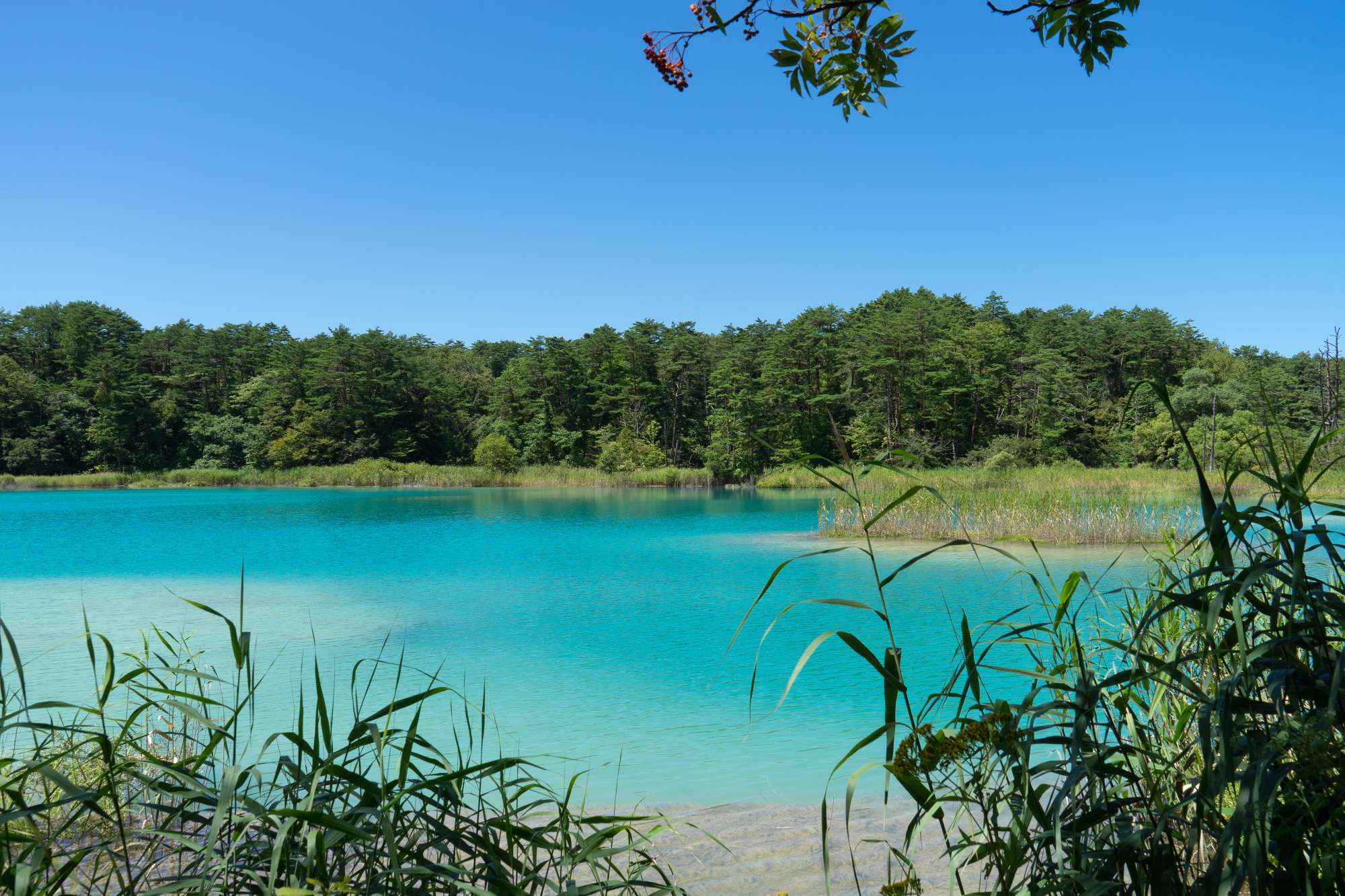
One of the highlights of Fukushima Prefecture is its formation of lakes, Goshiki-Numa, which is a true marvel of nature. This gorgeous group of little volcanic lakes, whose name translates to "Five Colored Ponds," lives up to its moniker. The minerals dissolved in the waters of these immaculate, crystal-clear ponds give each one a distinct colour, ranging from emerald green to deep blue. Goshiki-Numa is surrounded by verdant forests with volcanic rock formations as a backdrop. It is the ideal place for leisurely hikes, photography, and quiet moments of contemplation. This hidden jewel in the centre of Konuma captivates visitors with its magnificent colour interplay and serene atmosphere, making it a must-visit location for nature enthusiasts and those who want to experience Tohoku's more subdued side of its natural beauty.
Throughout the year, along with the seasons and the weather, the colours of the five lakes even change! This amazing natural phenomenon appeared in 1888, when the Mount Bandai volcano erupted, rearranging the landscape of its surrounding region, creating craters and lakes, and diverting rivers. The minerals that give Goshiki-numa’s five lakes their distinctive colours are all results of this volcanic eruption. Multiple hiking paths will allow visitors to admire each and every one of the lakes, as well as the sublime forests along the way!
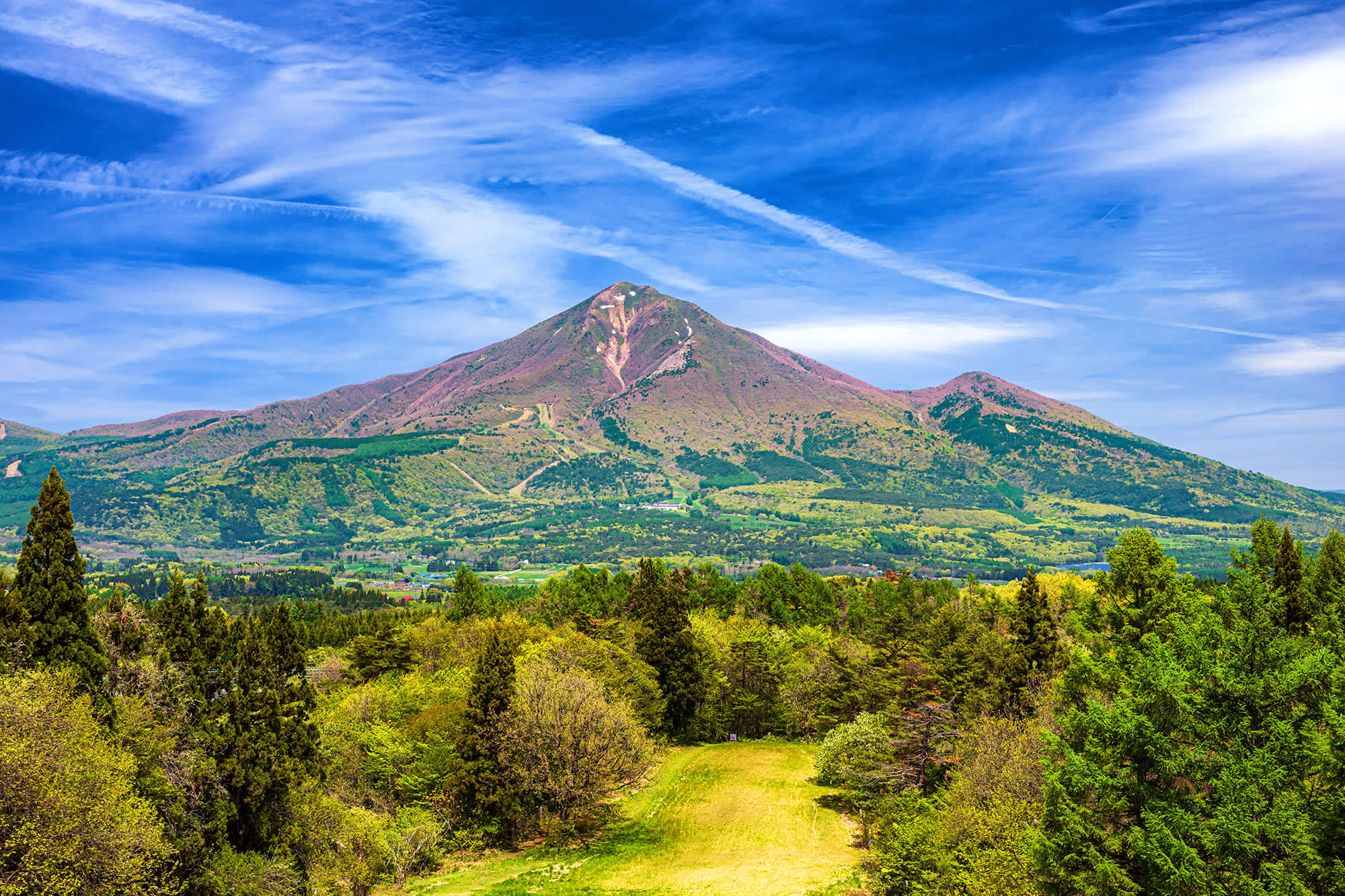
Ouchi-juku
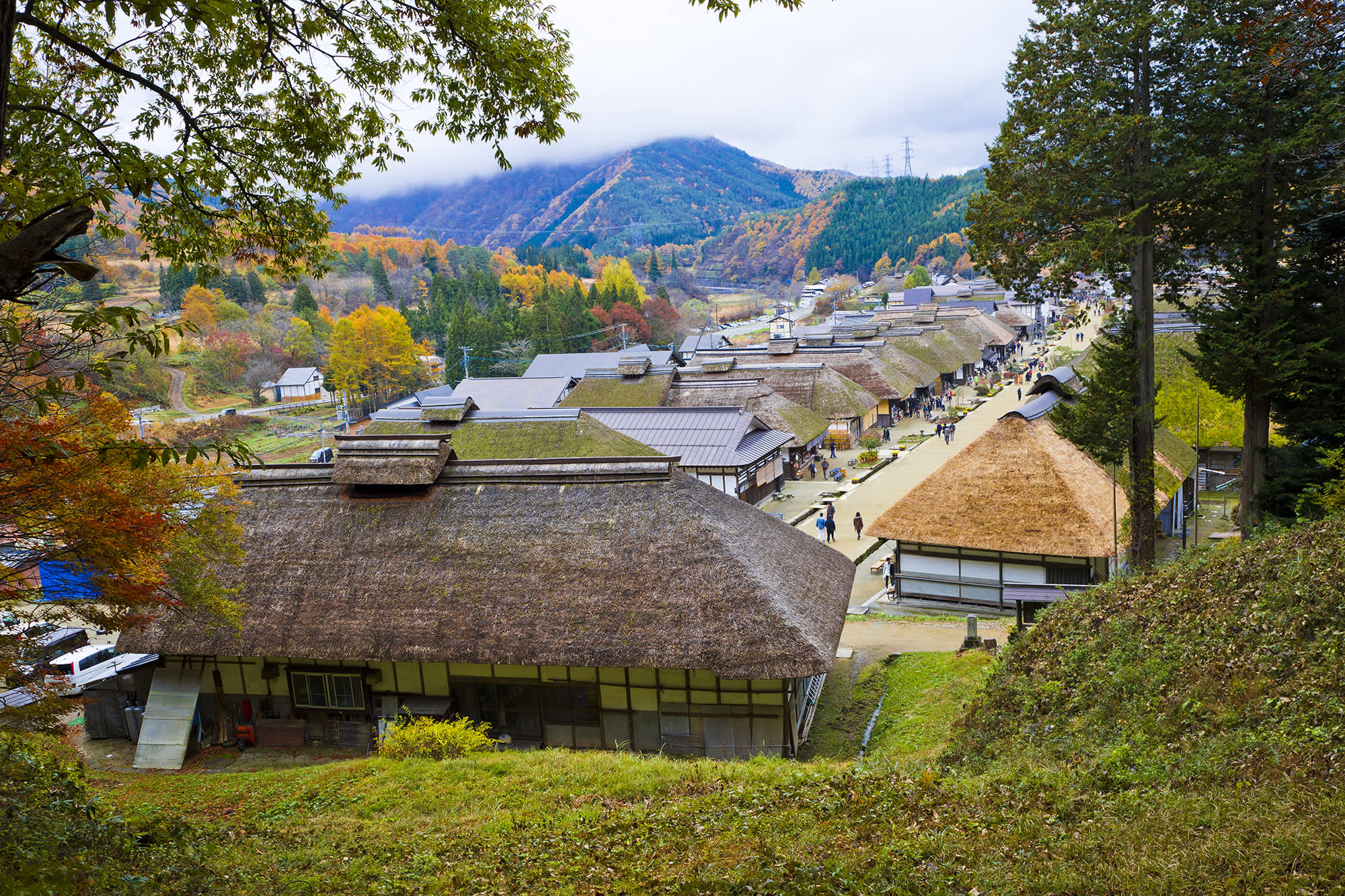
If you’re looking for a trip to the past, the picturesque and historic town of Ouchi-juku is one of the must-see attractions of Fukushima Prefecture. The village's thatched-roofed buildings themselves are a marvel, each revealing a piece of history and culture. The well-preserved architectural styles and the warm, rustic interiors create an authentic Edo-period atmosphere. Inside these historic structures, you'll find quaint shops offering locally-made crafts, regional cuisine, and unique souvenirs. Don't miss the opportunity to sample local delicacies, such as Kitakata ramen, renowned for its flavorful broth and hand-made noodles.
One of the standout attractions in Ouchi-juku is Kaneyama Castle, one of the region’s main historical sites. The castle offers panoramic views of the village and the surrounding countryside, making it the perfect spot for history and photography enthusiasts alike. Not far from Kaneyama Castle, Konasu Shrine gives visitors a chance to explore the spiritual heritage of the region.
As you wander through the village's charming streets, take the time to visit the Ouchi-juku History Museum. Here, you'll find an extensive collection of artefacts, documents, and exhibits that shed light on the village's rich history and the role it played along the Oshu-Kaido trade route. The museum also offers a unique dive into the lives of the villagers who once inhabited this picturesque vestige of the past.

For nature enthusiasts, Ouchi-juku is surrounded by breathtaking landscapes. The surrounding mountains and hiking trails offer opportunities for outdoor adventures, whether you're interested in hiking, bird-watching, or simply enjoying the serene natural beauty that defines the Tohoku region.
Ouchi-juku is a captivating destination for travellers seeking a blend of historical authenticity, cultural immersion, and the splendours of nature. The village's unique charm and serene setting makes it an unforgettable experience allowing visitors to step back in time and dive into traditional Japan.
Lake Inawashiro
Japan’s fourth-largest freshwater lake resides in Fukushima Prefecture and is not far from Aizu Wakamatsu, making it a great destination to visit in conjunction with the history-filled town. Additionally, the lake and the surrounding area have a medley of different activities throughout the year and seasons, making it a popular destination throughout the year. The lake itself is known for its pristine waters with a clean reflection, causing it to be often referred to as the “heavenly mirror lake.”

During spring, a visit to Iwahashi Shrine is essential to see one of the region’s five famous cherry blossom trees. The subtle pink hues of the tree next to the shrine’s traditional architecture are very representative of Japan’s spring season. In autumn, the foliage glows the gold and crimson that Tohoku is known for during the cooler seasons, making the scenery during nature hikes around the lake picturesque and relaxing.
But it’s during the summer when the lake sees much of its visitation, as the waters are pristine and the temperatures are typically cooler compared to other parts of Japan. The beaches on the lakefront are great for relaxing as well as water sports like jet skiing, wakeboarding, and surfing.
Visitors can also settle at designated campsites by the lake and some of the more secluded beaches to take in the surrounding nature of the area. Enjoy the scenery of the iconic Mount Bandai that looms above the lake to the north, creating one of the most distinct views in all of Japan.
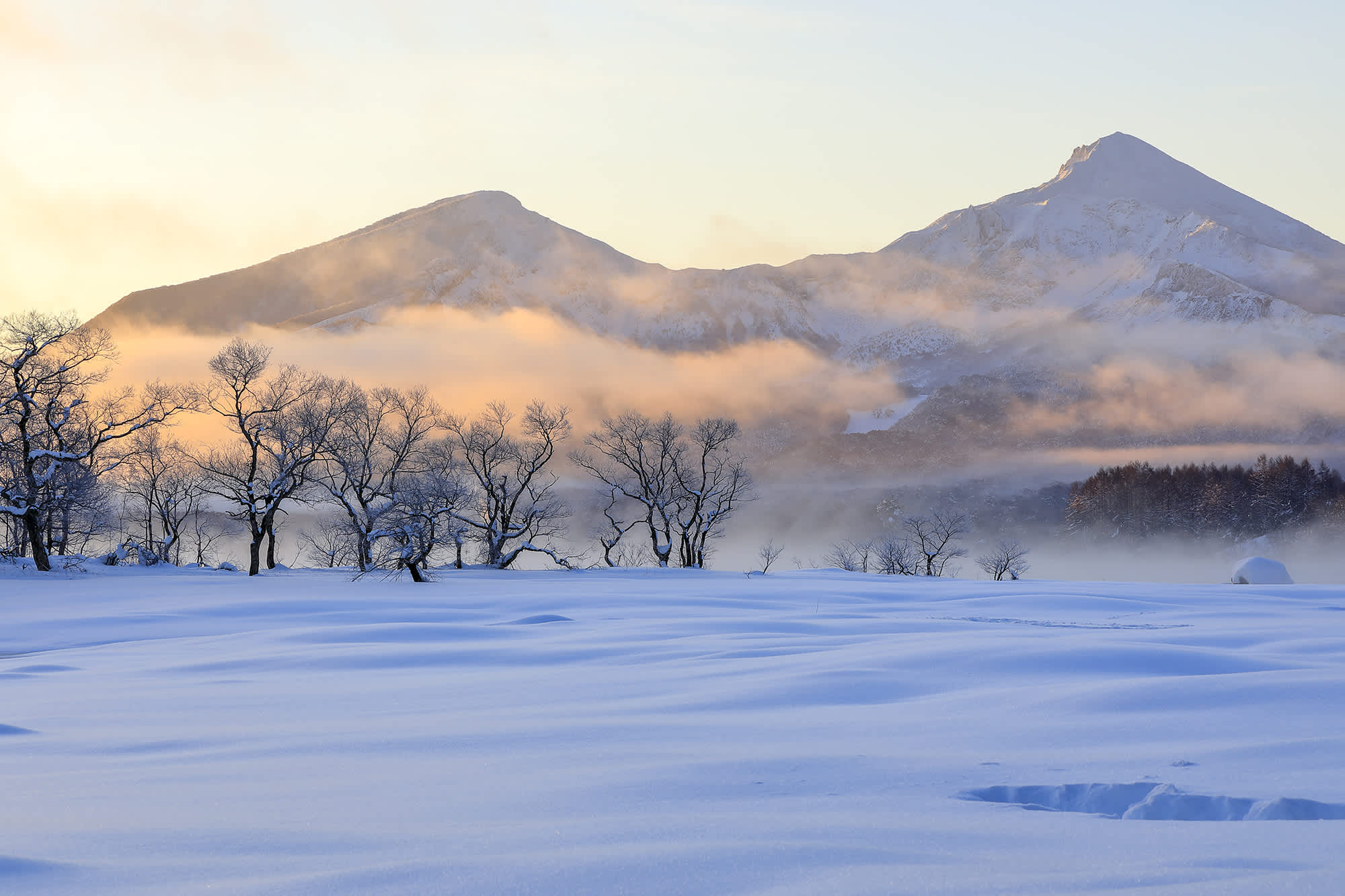
Mount Bandai itself was originally dubbed Iwahashiyama, which translates to “the rock ladder to the sky.” The mountain itself is laced with a number of hiking trails that lead to the mountain's peak. Some of these trails even lead to and from resorts in the area, making them easily accessible.
Mount Bandai is also a great source of fun upon transitioning to the winter months, as the powdery snow on the slopes is ideal for winter sports like skiing and snowboarding. The frozen landscape creates a view that must be seen to be believed, and migrating swans gather on the lakefront, their white-feather coats blending in elegantly with the snowy environs.
Tadami Scenic Train Line
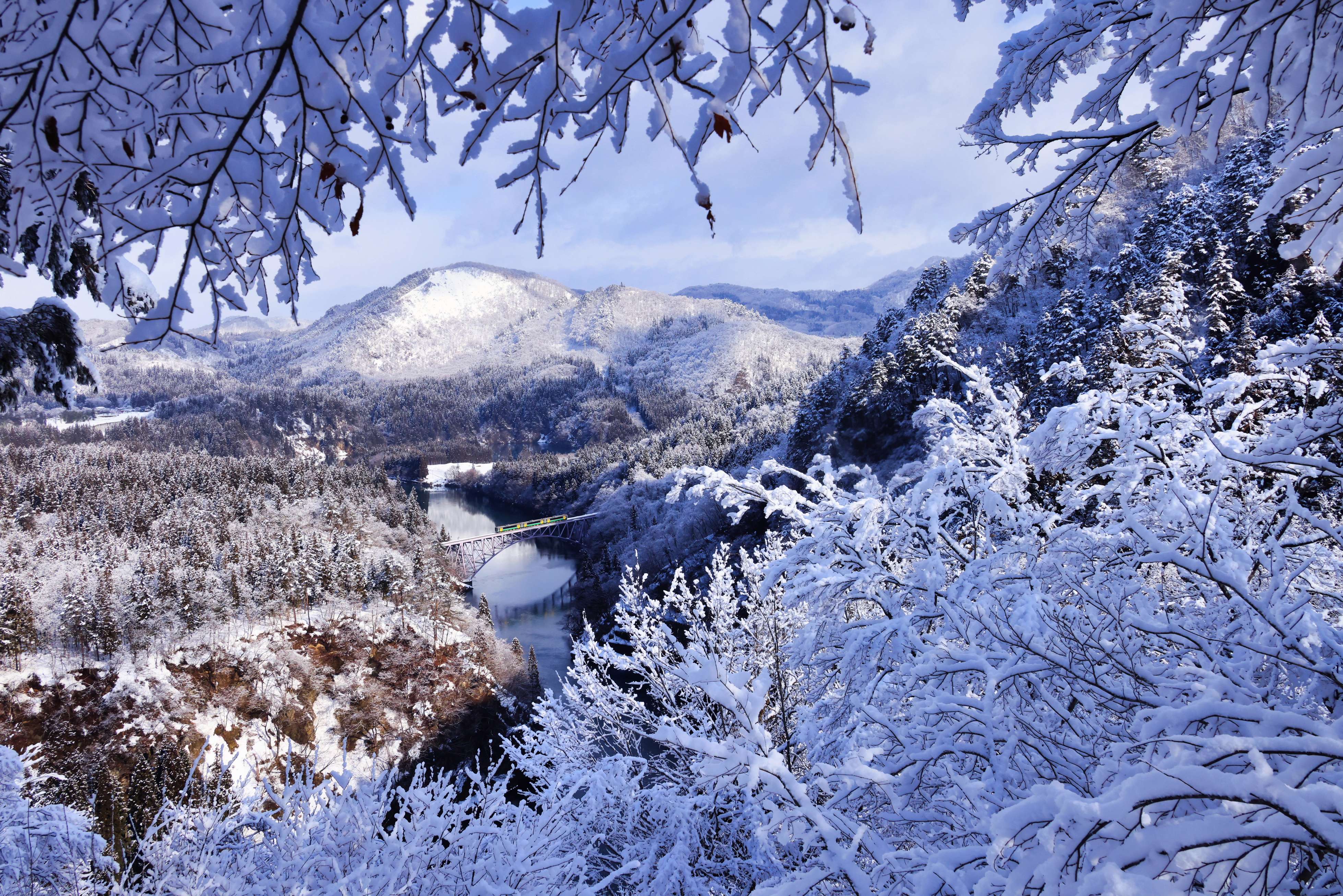
The Tadami Line is one of the most famous scenic railway lines in Japan. Crossing through Fukushima and Niigata prefectures, this gorgeous train line highlights some of the country’s most beautiful natural landscapes, especially come autumn. Stretching over 130 kilometres and taking a little over 4 hours to reach its destination, the Tadami Line traverses forests, mountains, rivers, gorges and valleys, arguably offering travellers the most scenic train ride in Japan.
Every season highlights a different landscape, giving you a different spectacle every time you find yourself onboard the Tadami Line. Operated by the JR East company (meaning this line is accessible with a Japan Rail Pass), and opened in 1928, this local train line is perhaps one of the most emblematic in Japan.
During spring, boarding a train on the Tadami Line will give you unrivalled vistas on the cherry blossoms in the region. Thanks to the multiple scenes crossed by the line, you will find yourself riding under the sakura trees, overlooking them or peacefully rolling alongside the rose-coloured trees, depending on the environment surrounding you.
In fall, the Tadami Line puts on its most picturesque setting, with the shades of orange, red, and crimson dancing on the treelines, splashing the forests with an explosion of colours, and offering a majestic spectacle like no other to its travellers. The rivers reflecting the wonderful autumn colours, the leaves falling in a seemingly endless choreography of shades of red - the iconic train line is among the best spots in Japan to admire the momiji season.
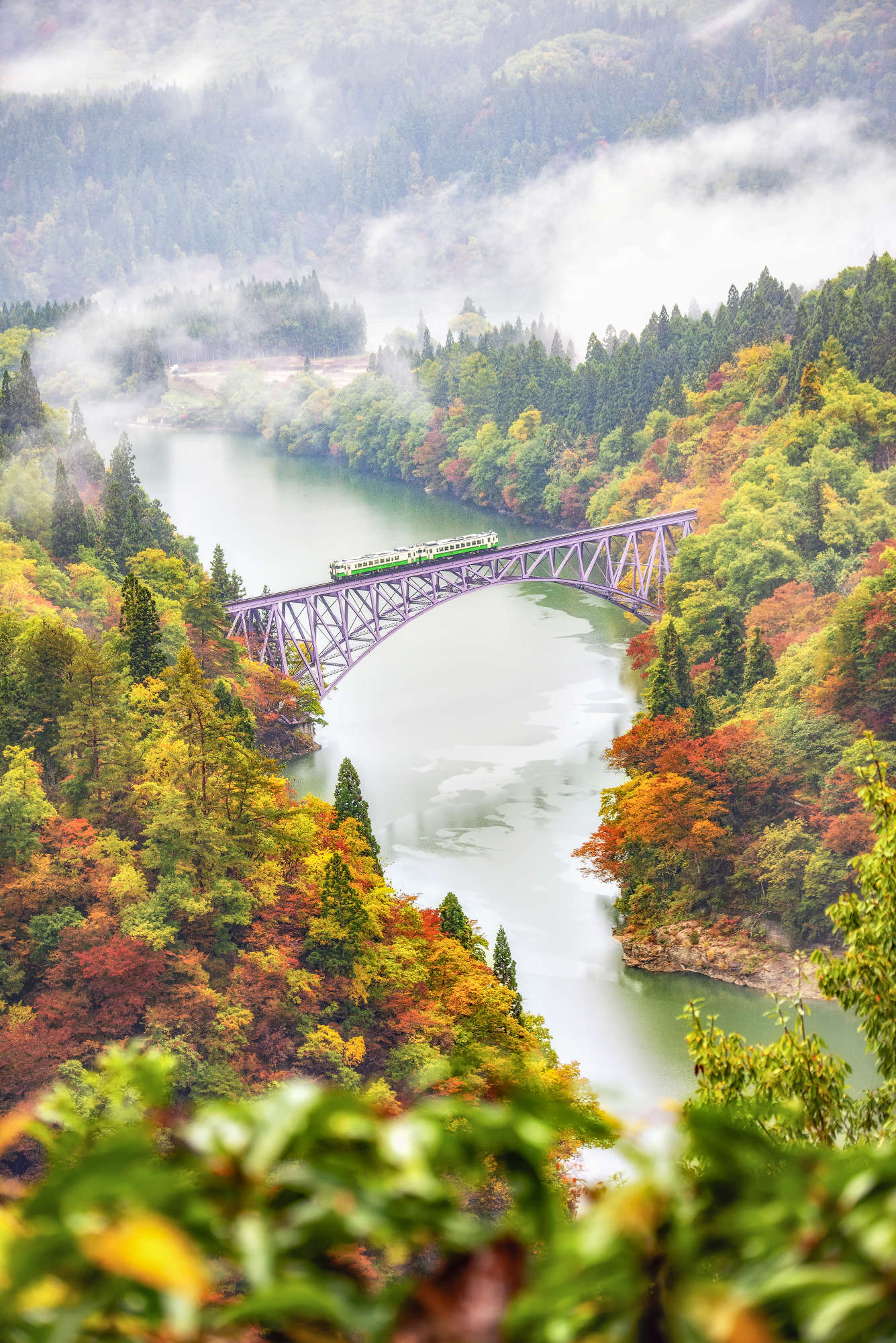
When winter rolls in, the Tadami Line becomes the picture-perfect backdrop of a dreamy Christmas movie, with the forests and mountains it passes through covered in a thick white coat of snow. The scenic spots along the train’s journey offer some of the best winter views in Japan. And with 36 stops along the way, you’ll be sure to find a picturesque snowy village to stop by to relax in a steaming hot onsen.
How to get to Fukushima prefecture from Tokyo?
Fukushima Prefecture is actually the first prefecture travellers will enter once they leave the Kanto region, bordering Tochigi and Ibaraki Prefectures to the North. This makes getting to Fukushima from the national capital of Tokyo an easy and quick endeavour thanks to the Shinkansen bullet train.
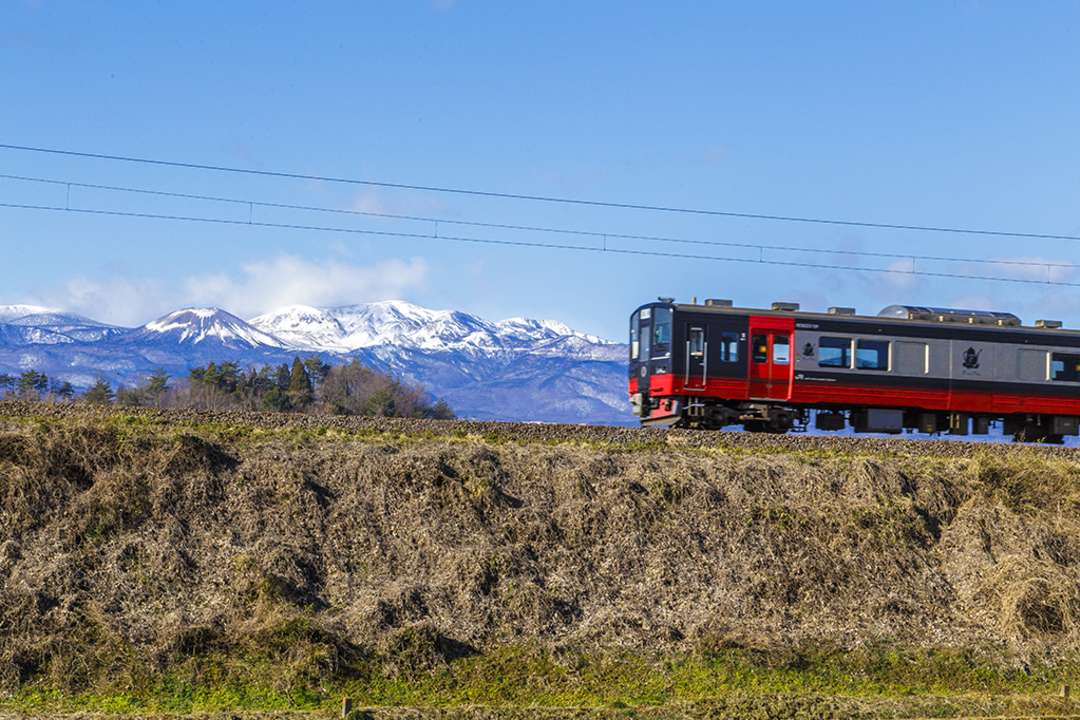
Fukushima City is largely serviced by Fukushima Station at the city’s centre, and this station is a stop on the Tohoku Shinkansen via the Yamabiko and Tsubasa bullet trains. The other trains on this Shinkansen line, the Hayabusa, Komachi, and Nasuno, do not stop at Fukushima Station. This journey takes around 1.5 hours and costs around 9000 yen depending on a seat reservation and time of year, however, it is fully covered by the Japan Rail Pass and some rail passes like the JR East Tohoku Area Pass.
To ride the Shinkansen from Tokyo, travellers can depart from either Tokyo Station or Ueno Station. They can then get off at Fukushima Station and use local trains, buses, or other facilities to get to other parts of the city and prefecture.
Planning a trip to explore the Tohoku region’s gorgeous sights and rich cultural heritage? Discover tour options in the region and travel essentials for your trip on Japan Experience!
Make sure to follow us on Facebook, Instagram, and Twitter for the latest from Japan!


























































